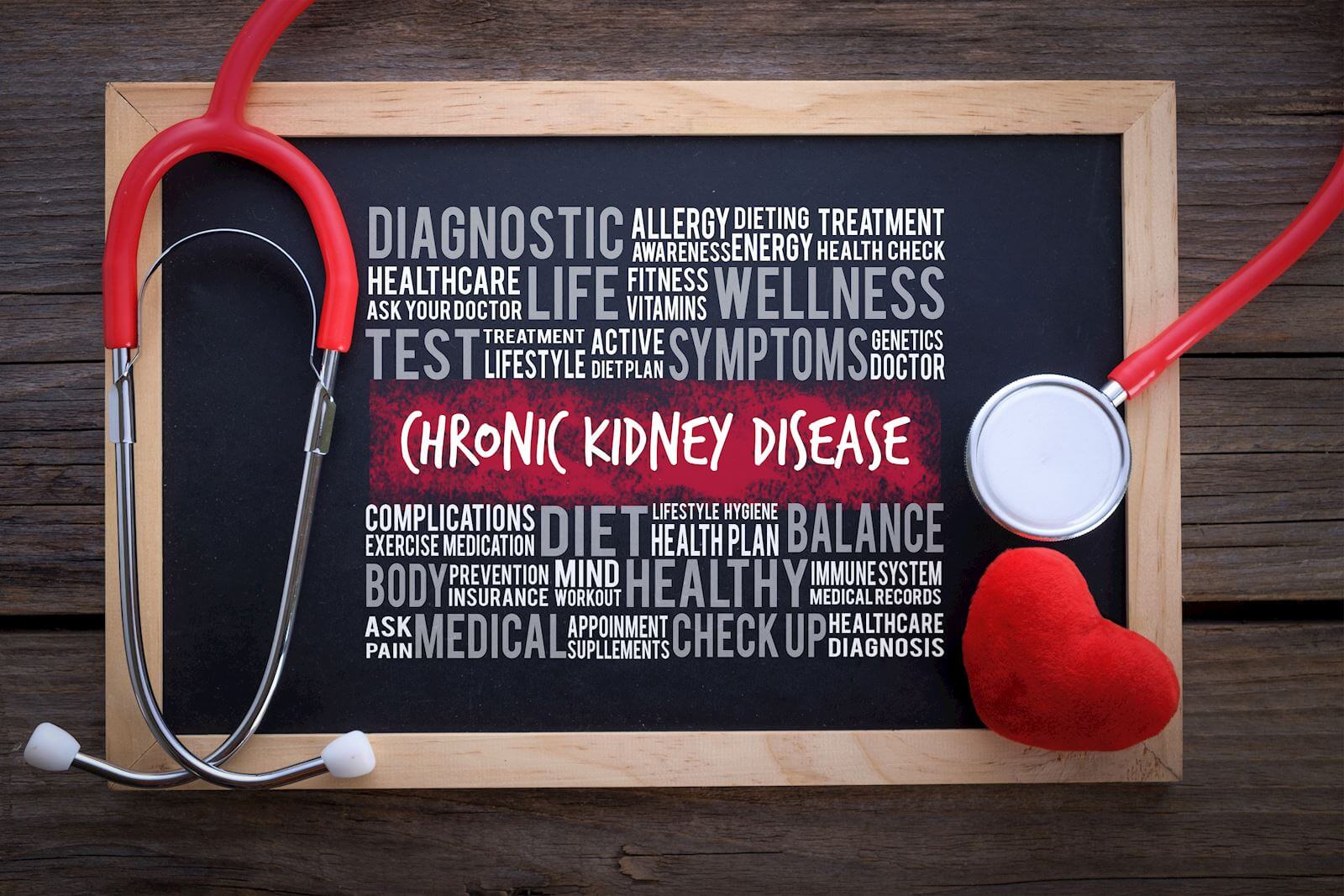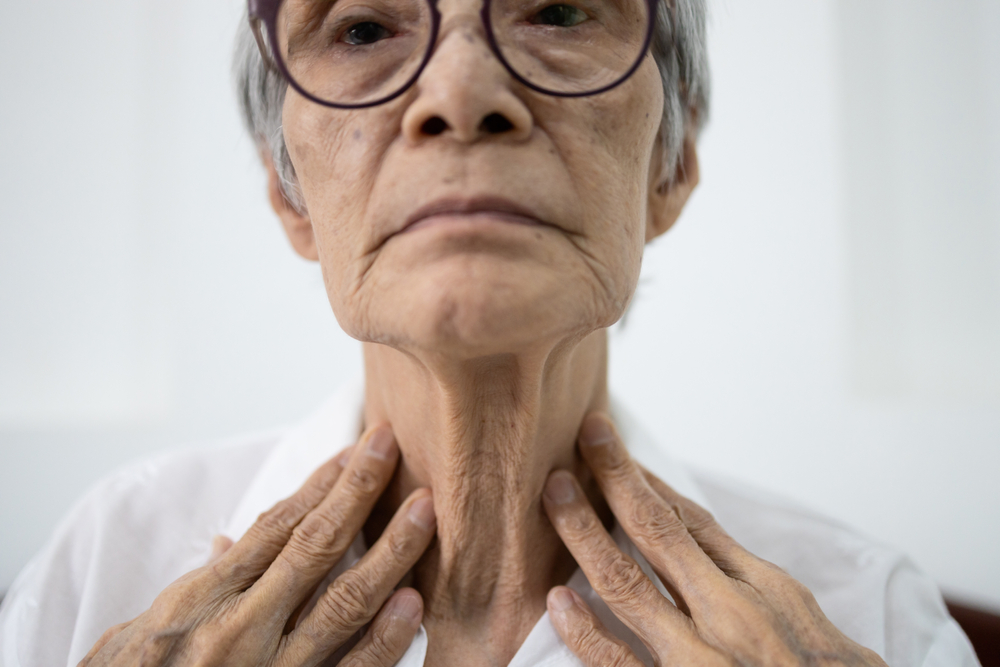Diabetes and high blood pressure are the leading causes of CKD in adults and the number-one cause of kidney failure, representing nearly 3 out of 4 new cases. In 2017, treating Medicare beneficiaries with CKD cost over $84 billion, and treating people with end-stage renal disease (ESRD) cost an additional $36 billion.
These numbers are tough to swallow, especially since diabetes and high blood pressure are often easily controlled through lifestyle modifications. For example, research has proven time and again that proper nutrition can help to keep blood sugar levels in check, and consuming less sodium can help to lower blood pressure.
While uncontrollable risk factors may also contribute to these conditions, surely the overall spend to treat patients with CKD and ESRD could be less burdensome on our health care system. Detecting and treating patients in the earliest phases of CKD is key to successful health outcomes.
Over the past few years, CKD and ESRD have received considerable attention by policymakers. Consider some recent highlights:
The pandemic
COVID-19 has brought unique challenges to providers caring for CKD, ESRD and post-transplant patients —forcing them to modify their approaches to engagement, diagnosis, and treatment. Dialysis facilities developed new protocols to screen and triage at-risk patients and established specific schedules or separate sites of care for potentially COVID-positive patients. Policymakers also allowed a number of flexibilities for these providers to utilize tele-nephrology for the first time and waived previous requirements for face-to-face visits between home dialysis patients and their managing clinicians.
Medicare Advantage
Beginning in 2021, ESRD beneficiaries can now select a Medicare Advantage (MA) plan during open enrollment, regardless of their previous coverage. This is due to the implementation of provisions from the 21st Century Cures Act, signed into law December 2016. The Act was designed to help accelerate medical product development and bring new innovations and advances to patients who need them faster and more efficiently. The Centers for Medicare & Medicaid Services (CMS) estimates an additional 83,000 people with ESRD will enroll in MA by 2026, representing a 63% increase.
In 2020, the CMS also changed the network adequacy requirements for MA plans related to outpatient dialysis facilities. Network adequacy standards determine how many types of providers must be in a plan’s network based on factors like travel time or number of miles a beneficiary must drive to reach a provider’s office or facility. The CMS intends to require MA organizations to submit proof of an adequate network that provides the required access and availability to dialysis services, including outpatient facilities.
The Center for Medicare & Medicaid Innovation (CMMI) Kidney Care Models
In July 2019, President Trump signed the executive order “Advancing American Kidney Health Initiative,” which was designed to improve the lives of Americans with kidney disease by expanding treatment options and reducing health care costs. As a result of this initiative, the CMMI proposed two models: a mandatory ESRD Treatment Choices (ETC) model and a voluntary Kidney Care Choices model (KCC).
The ETC model is designed to test whether greater use of home dialysis and kidney transplantation for beneficiaries with ESRD will reduce Medicare expenditures, while preserving or enhancing the quality of care. The KCC model, comprised of four voluntary kidney care payment options, is designed to help health care providers reduce the cost and improve the quality of care for patients with late-stage CKD and ESRD. The model also aims to delay the need for dialysis and encourage kidney transplantation. Payment models are set to launch April 1, 2021.
Innovative payment pathways
CMS recently introduced two new payment pathways to reduce access barriers to innovative therapies, equipment, and supplies.
The Transitional Drug Add-on Payment Adjustment (TDAPA), established in 2016 rulemaking, is intended “to facilitate beneficiary access to certain qualifying, new injectable or intravenous products by allowing payment for these drugs and biologicals while the necessary utilization data is collected.” Data is used to incorporate the costs of qualifying drugs into a bundled payment system, called the ESRD Prospective Payment System (PPS). In 2021, the CMS added new dollars to the ESRD PPS bundle for calcimimetics, or pharmaceutical drugs that mimic the effect of calcium on calcium receptors.
The CMS also introduced and revised the Transitional Add-on Payment for New and Innovative Equipment and Supplies for qualifying equipment and supplies. The rule specifically expands eligibility for the ESRD PPS’ transitional add-on payment adjustment for new and innovative equipment and supplies (TPNIES) to certain capital-related assets, including home dialysis machines. The final rule encourages the development of new and innovative home dialysis machines that give Medicare beneficiaries with ESRD more dialysis treatment options in the home that can improve their quality of life.
Given the above, one wonders whether the incidence of CKD and ESRD will decrease over time, and how the cost to treat patients with these diseases will be affected. Only time will tell.
Mom's Meals® can help
We can help people living with CKD manage their chronic illness by delivering renal-friendly, medically tailored meals right to their homes. See the menus.



